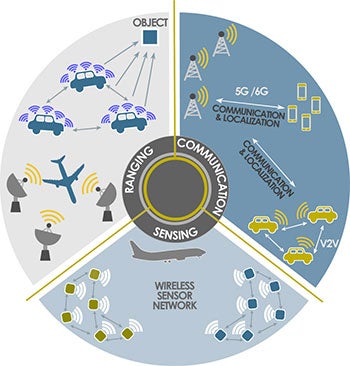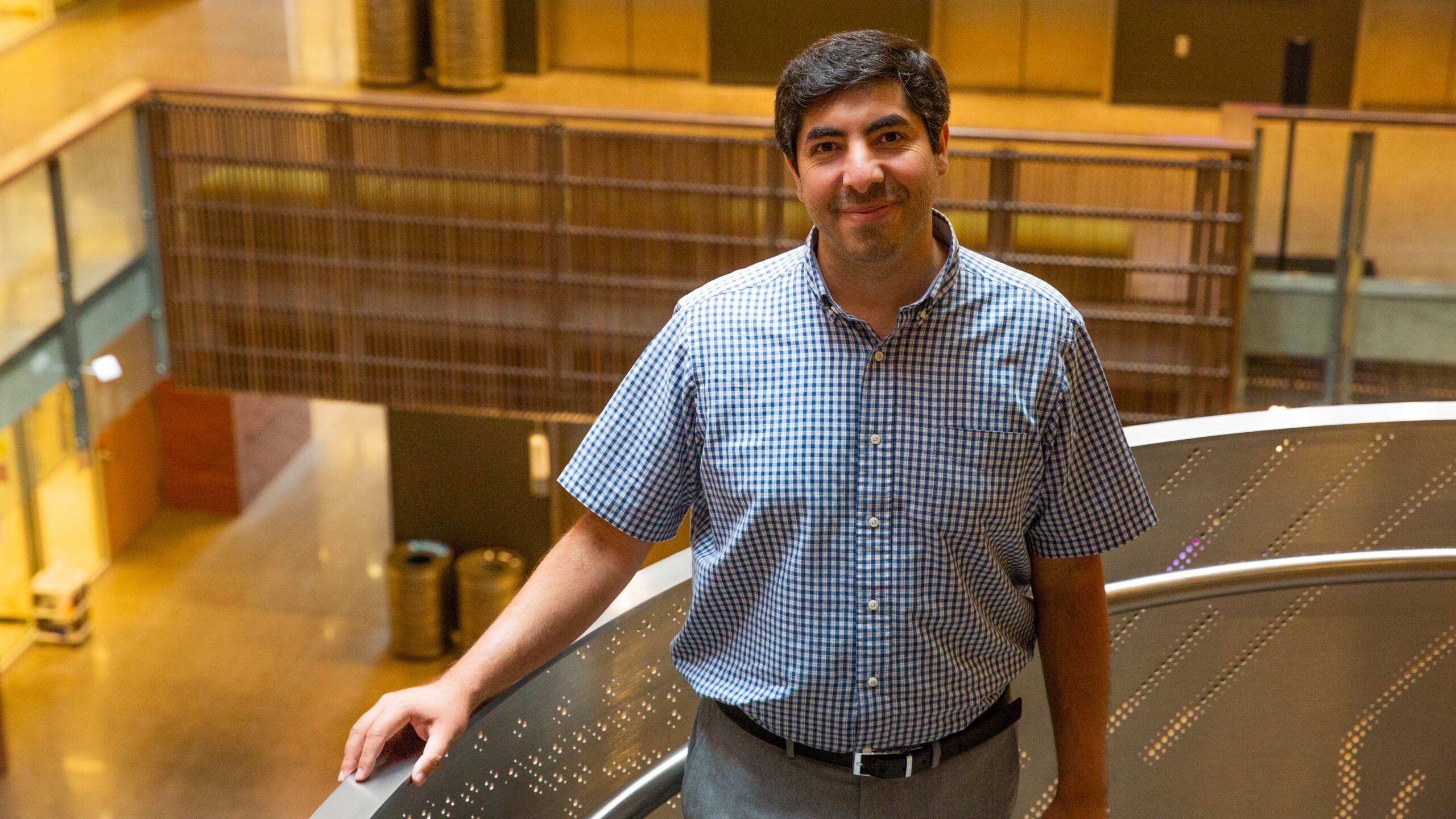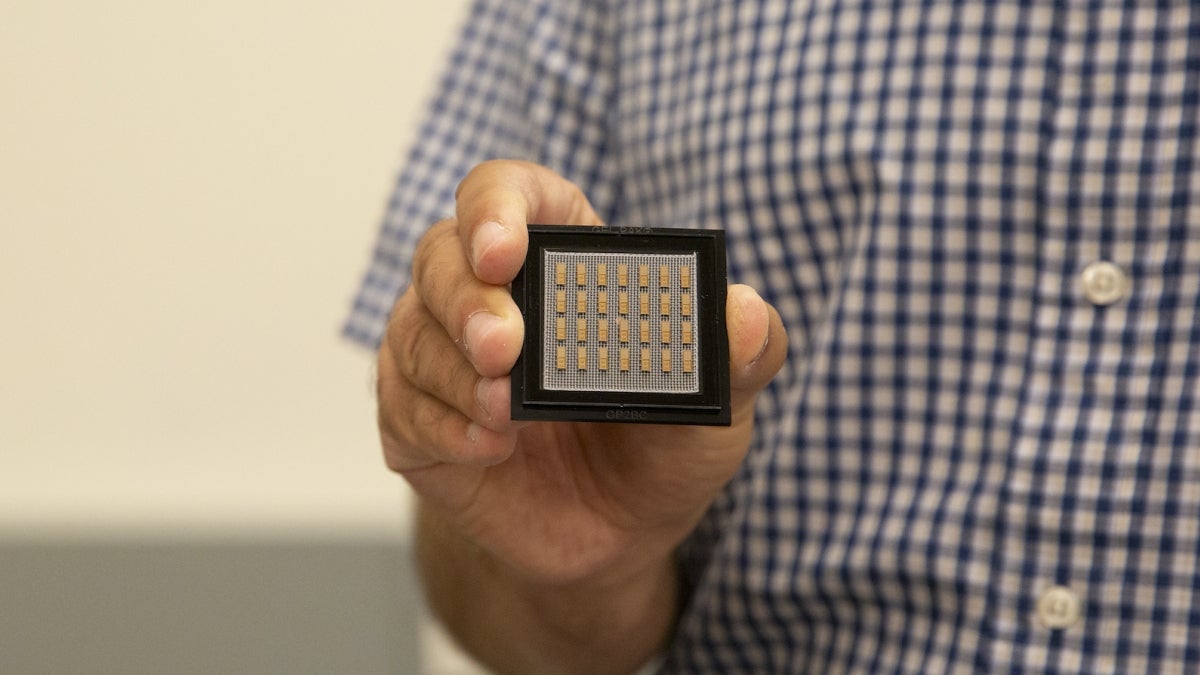In the early centuries of sailing the open seas, often the only navigation tool was the human eye. Ships’ crews found their way by coordinating their paths based on observing the positions of the constellations of stars and planets in the sky.
Communications back then were equally old school. If ships were too far apart for crews to shout at each other, they would wave flags in specific patterns to convey simple messages.
Today, navigation, communications, ranging and nearly all operations of both sea-going vessels and airborne transportation are performed with technologies that could scarcely be imagined only several generations ago.
Now some of the most advanced communication, sensing, detection, signaling, course-setting and safety and emergency backup systems — all fully automated and computerized — are standard equipment. Still, the demands of the modern world continue to generate new applications to provide even more enhanced capabilities for our high-tech modes of connectivity and security.
That’s why there is keen interest in the research being conducted in facilities such as the MTP Lab at Arizona State University directed by Saeed Zeinolabedinzadeh, an electrical and computer engineer and an assistant professor in ASU’s Ira A. Fulton Schools of Engineering.
His lab’s name is an acronym for the Millimeter-Wave, Terahertz and Photonic Integrated Circuits Lab, where researchers focus on designing high-speed integrated circuits (semiconductor chips) and systems operating at various electromagnetic frequency bands ranging from millimeter-wave frequencies to optical frequencies.

Innovative technological endeavors have earned Assistant Professor Saeed Zeinolabedinzadeh the Office of Naval Research Young Investigator Award. It will fund the efforts by his laboratory team to pursue advances to enhance the capabilities of communications, sensing, ranging and navigation systems and networks (depicted in the illustration) that are critical for today’s modern connected systems and national security. Illustration provided by Saeed Zeinolabedinzadeh/ASU
The world we live in, Zeinolabedinzadeh says, is equipped with advanced technologies from the Internet of Things to communications and autonomous vehicles, all utilizing wireless transceiver systems with semiconductor chips built at the heart of those systems.
Chips that are only a few millimeters in size and less than 1 gram in weight can perform high-speed communication and high-accuracy sensing and ranging with the precision required for today’s high-tech applications such as 5G communications, vehicle-to-vehicle communications, autonomous vehicles, wireless imaging and space missions.
Other circuits and systems produced by the MTP Lab are designed for use in harsh environments such as space, where there can be high radiation intensity and wide temperature variation. The lab is currently developing advanced terahertz spectrometer technology for use by NASA.
Zeinolabedinzadeh’s range of expertise and progress in these critical areas of research has most recently earned him a prestigious Young Investigator Award from the Office of Naval Research, or ONR.
The award will provide $510,000 to support his lab’s research in areas with the potential to advance the goals of the ONR’s Precision Navigation and Timekeeping program.
The program’s primary objective is spurring innovation in fundamental science for navigation and communications technologies to produce the next generation of highly reliable systems with enhanced precision and reduced size.
“Our goal in this project is to realize cooperative arrays of radio transceivers with electronic beamforming capability with enhanced operation range, improved spatial coverage, enhanced real-time awareness and resilience to interference, while significantly reducing the cost and weight by utilizing microelectronics technologies,” says Zeinolabedinzadeh, who teaches in the School of Electrical, Computer and Energy Engineering, one of the seven Fulton Schools.
“The proposed systems can mitigate the effects of interferers, jammers and blockers that can otherwise interrupt the operation of communication systems,” he says.
His lab’s earlier projects have yielded notable breakthroughs in developing fully integrated millimeter wave and terahertz transceiver and transceiver array systems with robust transmission and electronic beamforming capability with extremely reduced size, weight and power consumption (SWaP) critical for portable applications.
The microelectronic integrated circuits involved in that process are small chips capable of speedily transmitting many gigabytes of data — an advancement that enabled wireless technologies that have brought us today’s powerful 5G and modern Wi-Fi telecommunications technologies, Zeinolabedinzadeh says.

Saeed Zeinolabedinzadeh’s research focuses on the development of advanced microchip radio frequency, millimeter-wave and terahertz high-speed integrated circuits. Photo by Erika Gronek/ASU
He and his lab team are delving into these same areas in their efforts for the ONR, as well as into ways to improve high-precision time transfer for communication and ranging devices in research that is supported by a Young Faculty Award Zeinolabedinzadeh received in 2020 from the U.S. Department of Defense Advanced Research Project Agency, or DARPA.
For the ONR project, “the end product will be an array of chip-scale transceivers working together for improved communication, spatial coverage, real-time awareness and highly reliable, uninterruptible signal communication that overcomes limitations in existing technology while providing a cost-effective solution with reduced size,” he says.
The project also will provide opportunities for Fulton Schools graduate students to work on the advanced topics from theorizing, analysis, modeling, design, simulation, implementation and characterization of the high-frequency chips similar to those found in 5G and Wi-Fi systems.
“This award provides unique opportunities to advance our research goals at ASU to achieve breakthrough innovations that can significantly enhance the performance of next-generation wireless systems for improved precision, enhanced security, robustness and faster connectivity,” Zeinolabedinzadeh says.
Top photo: Saeed Zeinolabedinzadeh’s lab team is focusing on making advances in microelectronic integrated circuits that are capable of speedily transmitting many gigabytes of data — enabling the circuits to perform high-speed communications and high-accuracy sensing and ranging with extreme precision. Photo by Erika Gronek/ASU
More Science and technology

Breakthrough copper alloy achieves unprecedented high-temperature performance
A team of researchers from Arizona State University, the U.S. Army Research Laboratory, Lehigh University and Louisiana State University has developed a groundbreaking high-temperature copper alloy…

4 ASU researchers named senior members of the National Academy of Inventors
The National Academy of Inventors recently named four Arizona State University researchers as senior members to the prestigious organization.Professor Qiang Chen and associate professors Matthew…

Transforming Arizona’s highways for a smoother drive
Imagine you’re driving down a smooth stretch of road. Your tires have firm traction. There are no potholes you need to swerve to avoid. Your suspension feels responsive. You’re relaxed and focused on…


